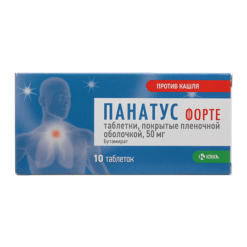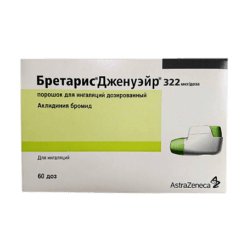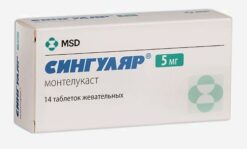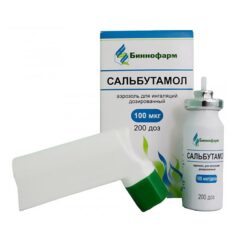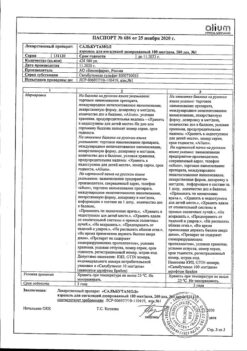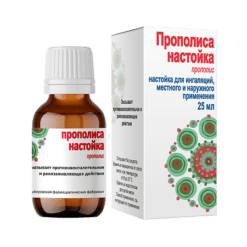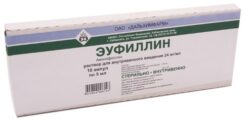No products in the cart.
Flucoldex N, tablets, 12 pcs.
€1.00
Out of stock
(E-mail when Stock is available)
Description
Flucoldex is a combination drug.
Caffeine has a moderate psychostimulant effect, temporarily reduces symptoms of fatigue and sleepiness. On the cardiovascular system due to a combination of central and peripheral effects on the heart and blood vessels it has mixed effects: coronary vessels tend to dilate, and brain vessels tend to tone up, BP slightly increases (more often with initial hypotension). Caffeine increases basal metabolism, has moderate myotropic antispasmodic effect (dilates bronchi, bile ducts), stimulates secretion of glands of the stomach, slightly increases diuresis.
The pharmacological properties of caffeine are conditioned by its competitive antagonism with adenosine at the level of A1-adenosine receptor and by inhibition of phosphodiesterase activity.
Paracetamol has analgesic and antipyretic effects. These properties are caused by inhibition of PG synthesis in CNS – modulators of pain sensitivity and thermoregulation. It has practically no anti-inflammatory effect.
Chlorphenamine is a blocker of histamine H1 receptors. In addition to antiallergic, it has some local anesthetic, antispasmodic, choline blocking, sedative and hypnotic effects. It is effective in kinetosis (motion sickness syndrome) and Meniere’s disease.
Indications
Indications
febrile syndrome (colds and infectious diseases);
pain syndrome (mild and moderate severity): arthralgia, myalgia, neuralgia, migraine, toothache and headache, algodismenorrhea;
pain from injuries, burns;
sinusitis;
rhinorrhea (acute rhinitis, allergic rhinitis).
Pharmacological effect
Pharmacological effect
Flucoldex is a combination drug.
Caffeine has a moderate psychostimulant effect and temporarily reduces symptoms of fatigue and drowsiness. The cardiovascular system, due to a combination of central and peripheral effects on the heart and blood vessels, has an ambiguous effect: coronary vessels, as a rule, dilate, and brain vessels are toned, blood pressure increases slightly (more often with initial hypotension). Caffeine increases basal metabolism, has a moderate myotropic antispasmodic effect (dilates the bronchi and bile ducts), stimulates the secretion of gastric glands, and slightly increases diuresis.
The pharmacological properties of caffeine are due to its competitive antagonism with adenosine at the level of A1-adenosine receptors and inhibition of phosphodiesterase activity.
Paracetamol has analgesic and antipyretic effects. These properties are due to inhibition of the synthesis of PG in the central nervous system – modulators of pain sensitivity and thermoregulation. It has virtually no anti-inflammatory effect.
Chlorphenamine is a histamine H1 receptor blocker. In addition to antiallergic, it has some local anesthetic, antispasmodic, anticholinergic, sedative and hypnotic effects. Effective for kinetosis (motion sickness syndrome) and Meniere’s disease.
Special instructions
Special instructions
Excessive consumption of tea, coffee and other products containing methylxanthines should be avoided.
With long-term (more than 1 week) use of the drug, monitoring of the peripheral blood picture and the functional state of the liver is necessary.
For hyperthermia lasting more than 3 days and pain lasting more than 5 days, consult a doctor.
Paracetamol distorts laboratory test results in the quantitative determination of sugar and uric acid in plasma.
During the treatment period, it is necessary to refrain from drinking ethanol (hepatotoxicity may develop).
Impact on the ability to drive vehicles and operate machinery
During the treatment period, it is necessary to refrain from driving vehicles and engaging in other potentially hazardous activities that require increased concentration and speed of psychomotor reactions.
Active ingredient
Active ingredient
Caffeine, Paracetamol, Chlorphenamine
Composition
Composition
Active ingredients:
paracetamol 500 mg,
caffeine 30 mg,
chlorphenamine maleate 2 mg
Contraindications
Contraindications
hypersensitivity;
deficiency of glucose-6-phosphate dehydrogenase;
liver and/or kidney failure.
With caution: congenital hyperbilirubinemia (Gilbert, Dubin-Johnson and Rotor syndromes), alcoholism, angle-closure glaucoma, prostatic hyperplasia, pregnancy, lactation; old age, children’s age (up to 12 years).
Side Effects
Side Effects
Allergic reactions (skin rash, itching, urticaria, angioedema),
nausea,
epigastric pain,
mydriasis,
paresis of accommodation,
increased intraocular pressure,
dryness of the mucous membrane of the mouth, nose, throat;
urinary retention.
With long-term use in large doses – hepatotoxic effect, hemolytic anemia, aplastic anemia, methemoglobinemia, thrombocytopenia, agranulocytosis, pancytopenia; nephrotoxicity (renal colic, glycosuria, interstitial nephritis, papillary necrosis).
Interaction
Interaction
NSAIDs and drugs that depress the central nervous system – possible increased side effects of the drug.
The risk of hepatotoxicity increases with the simultaneous administration of barbiturates, phenytoin, carbamazepine, rifampicin, zidovudine and other inducers of microsomal liver enzymes, ethanol.
Reduces excretion and increases toxicity of chloramphenicol.
Metoclopramide and domperidone increase the rate of absorption of paracetamol, while cholestyramine slows it down.
Simultaneous administration with indirect anticoagulants should be carried out under constant medical supervision.
Overdose
Overdose
Symptoms (due to paracetamol): pale skin, decreased appetite, nausea, vomiting; hepatonecrosis (the severity of necrosis due to intoxication directly depends on the degree of overdose). Toxic effects in adults are possible after taking more than 10-15 g of paracetamol: increased activity of liver transaminases, increased prothrombin time (12-48 hours after administration); a detailed clinical picture of liver damage appears after 1-6 days. Rarely, liver failure develops rapidly and can be complicated by renal failure (tubular necrosis).
Treatment: administration of SH-group donors and precursors of glutathione synthesis – methionine – 8-9 hours after an overdose, and N-acetylcysteine - after 12 hours.
The need for additional therapeutic measures (further administration of methionine, intravenous administration of N-acetylcysteine) is determined depending on the concentration of paracetamol in the blood, as well as the time elapsed after its administration.
Storage conditions
Storage conditions
In a place protected from light, at a temperature not exceeding 25°C.
Shelf life
Shelf life
4 years.
Manufacturer
Manufacturer
Nabros Pharma, India
Additional information
| Shelf life | 4 years. |
|---|---|
| Conditions of storage | In a place protected from light, at a temperature not exceeding 25°C. |
| Manufacturer | Nabros Pharma, India |
| Medication form | pills |
| Brand | Nabros Pharma |
Related products
Buy Flucoldex N, tablets, 12 pcs. with delivery to USA, UK, Europe and over 120 other countries.


